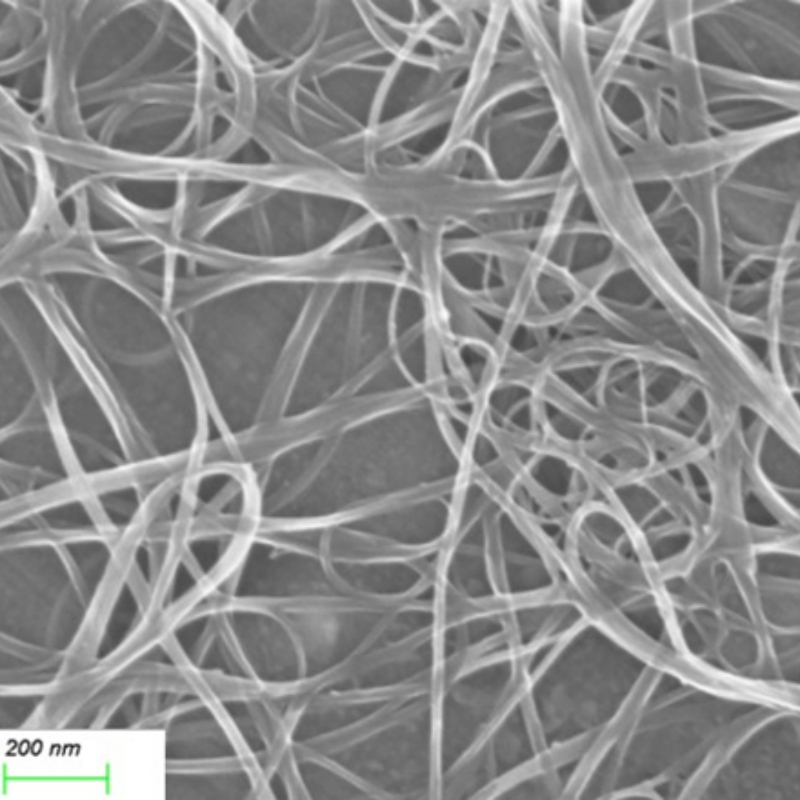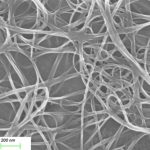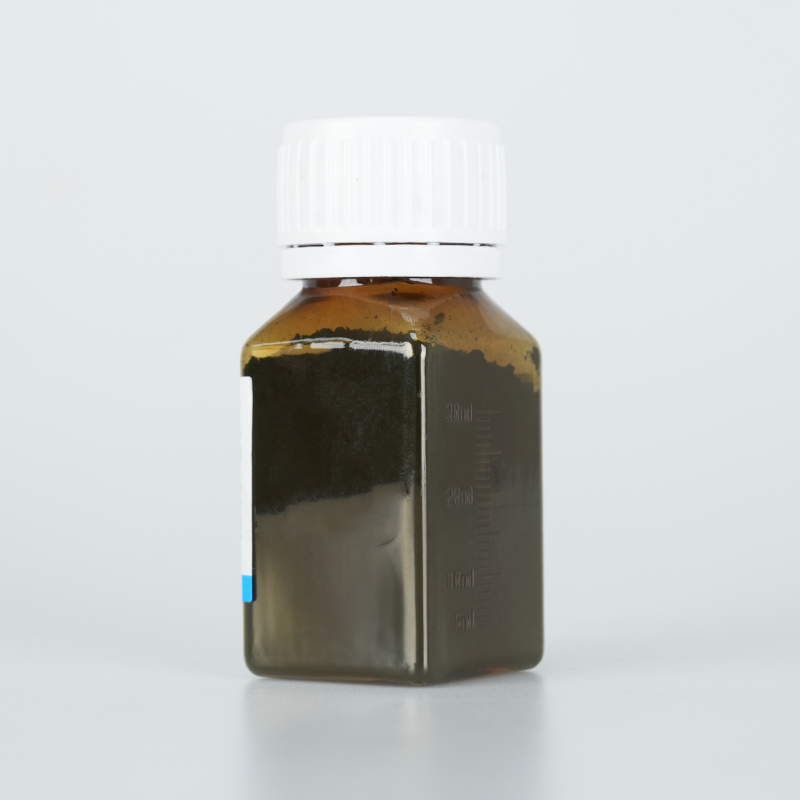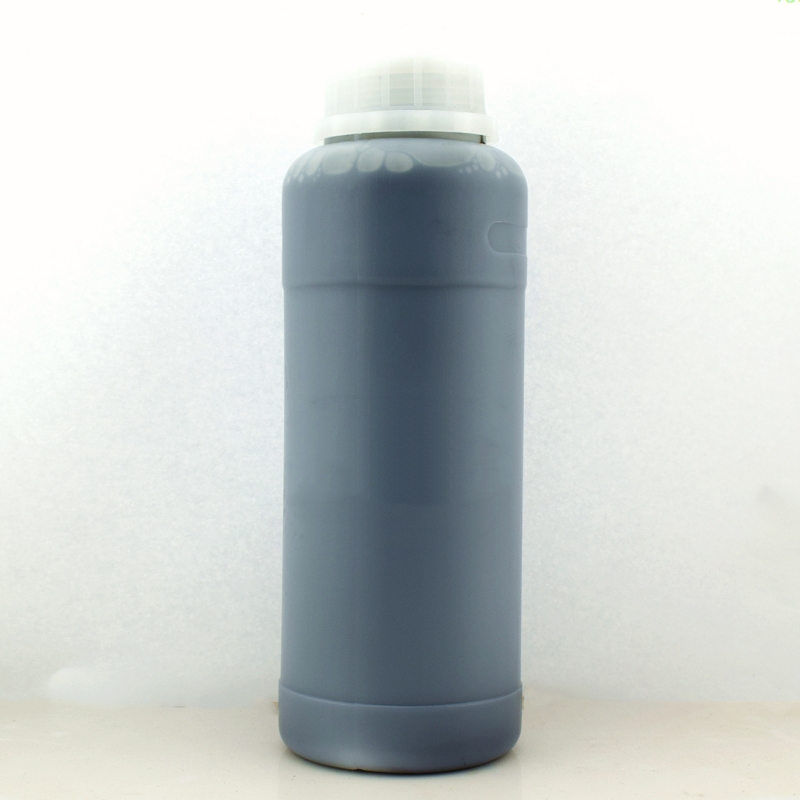95% purity nano single-walled carbon nanotubes (SWCNT) offer exceptional electrical conductivity, superior mechanical strength, and optimized structural uniformity. Designed for advanced applications, they ensure efficient material integration, extended durability, and high-performance adaptability.
Product Overview
Single-walled carbon nanotubes (SWCNT) are seamless hollow cylinders composed of a single layer of graphite hexagonal lattice rolled along a chiral vector. They possess unique electrical, mechanical, thermal, and chemical properties. Typically with diameters ranging from 1-2 nm and lengths extending to microns or longer, SWCNTs exhibit extraordinary mechanical strength, electrical conductivity, and thermal conductivity, with a high aspect ratio and nanoscale effects, making them a central focus in material science and nanotechnology research.
Product Features
- Excellent Electrical Conductivity: High electrical conductivity, capable of efficiently transmitting current, comparable to excellent conductors like silver and copper.
- High Thermal Conductivity: Exceptional heat conduction properties, making them ideal for efficient heat dissipation applications.
- Unique Mechanical Properties: Extremely high strength and toughness, with tensile strength ranging from 100 - 200 GPa and Young's modulus up to 1 TPa.
- Nano-Size Effect: The small size brings unique properties such as quantum effects and surface effects, providing exceptional characteristics in electronic transport.
- High Chemical Stability: Highly stable in most chemical environments, resistant to reactions with acids, bases, or oxidants.
- Diverse Morphologies: Can form bundles, films, networks, and other shapes to suit various application needs.
- Optical Properties: Can absorb and scatter light of specific wavelengths and exhibit luminescence under certain conditions, suitable for optoelectronic devices.
- High Flexibility: Can bend and fold without breaking, ideal for flexible electronic devices.
Applications
- Electronics: Used in the production of high-efficiency integrated circuits, field-effect transistors, flexible electronic devices, and more.
- Energy: Used as electrode materials in lithium-ion batteries to improve charging and discharging performance and cycle life, as well as in high-density and high-power supercapacitors.
- Composites: Added as an additive in polymers to significantly enhance the material's strength, stiffness, and toughness.
- Sensors: Used in high-sensitivity detection of gases, chemicals, biological molecules, and cells.
- Nano-Mechanics: Acts as a core material for miniature mechanical components, such as nanomotors.
- Aerospace: Used in the manufacture of lightweight, high-strength components for aircraft and spacecraft.
- Other Areas: Also used in catalysts, field emitters, conductive films, and biocompatible nanomaterials.
| Technical Parameters | Values |
| Purity | ~95wt% (EDS) |
| Diameter | 1-2 nm (TEM) |
| Length | 10-30 μm (SEM) |
| Color | Black |
| Specific Surface Area | ~1380 m²/g |
 new material
new material








